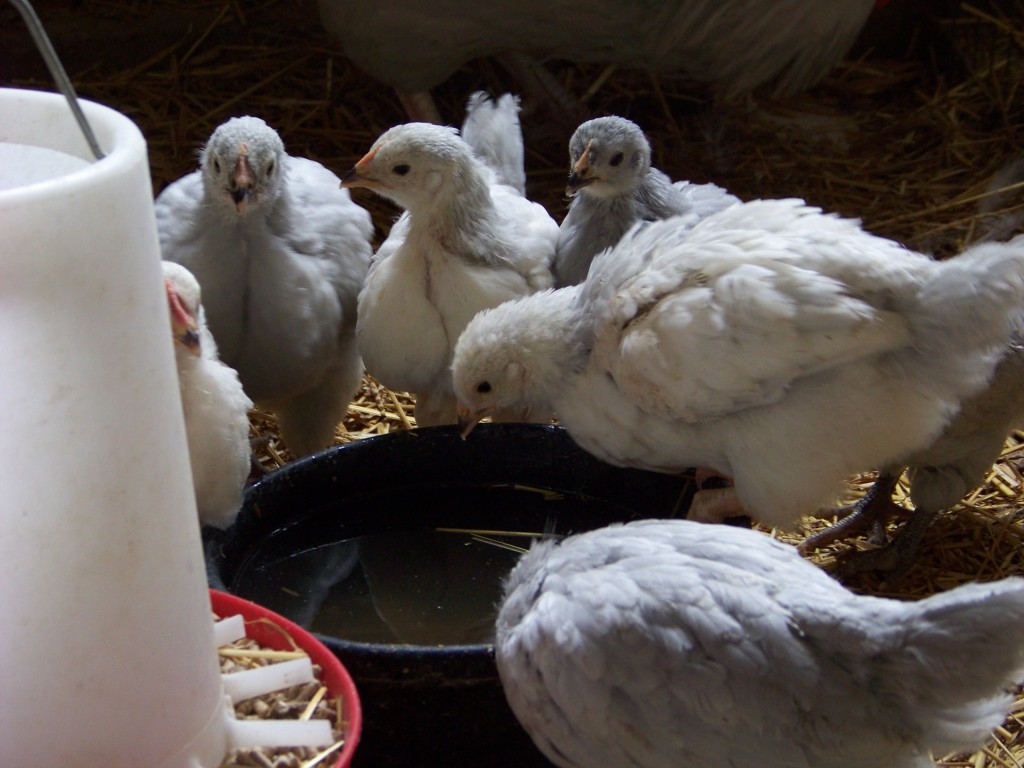


By doing this you lengthen the introduction and allow your existing flock to meet the new hens at their own pace, therefore lessening the likelihood of fighting when they move in together. This way your existing flock will have a chance to see the new hens before being able to interact with them. The best way to merge chicken flocks successfully is to give them a visual introduction before a physical one. That way both the existing flock and the new hens will be starting off in a new area, making it a little more equal for both parties. Move your coopįirstly, if possible, before merging begins, move the coop and run to a different part of the land or your garden.

#Combining two flocks of chickens how to#
Here are just a few tips on how to make merging your hens more successful: 1. We have more information about what to do when merging your flock on our Merging your flocks page, so we’d recommend having a read. If you need advice on this please call our friendly Rehoming Team who will be happy to assist. But there are ways to make the process as stress-free for your girls as possible.īefore getting new hens we’d always recommend thinking about your set up, as it’s far easier to merge flocks when you are able to keep them separate from one another for a week or so.
#Combining two flocks of chickens download#
Want more tips for your growing flock? Download our free guide on how to help keep hens strong and productive.Having to merge chicken flocks can be stressful for you, your existing flock and the new hens you’ve just brought home. Consistency is especially important during transitions, so be sure to continue providing high-quality complete feed, shelter and fresh water at all times. Birds that are happy, healthy and content will continue their routines without changes in personality or feed consumption. Watch the group closely after the introduction. Add new birds in a group with similar-sized hens and plenty of available feed, space and water to help ease the transition.Īfter new birds are added to the group, monitor the flock for success or fallouts. At that point, the order must be re-established. The pecking order is a very stable structure in the group until a bird is removed or new birds are added. In this case, the owner may need to find a new home for one of them in order to maintain peace in the flock. Occasionally two strong-willed birds may consistently fight in an attempt to gain the position of dominant bird. In most flocks, one bird is dominant in the group and the remaining birds will fall into an accepted order below the dominant bird.

During the introduction period, the new pecking order will begin to be established. In either case, add additional feeders and waterers to the run to prevent the new birds from being deterred from eating and drinking. Another strategy is to let the new group free-range first and then introduce the existing flock to place the focus on new surroundings rather than new flock members. It can also alert you to potential personality clashes that may be difficult to resolve. Placing the two groups next to one another for one week can help the birds form bonds before being housed together. One way to help both groups acclimate to each other is to place the two groups in side-by-side runs. Be sure there is plenty of space to prevent overcrowding. Introducing groups of birds similar in size and traits into a familiar setting can help provide a smooth transition. Once they are ready to enter a coop, continue to raise them separately until they reach the same size as the mature birds to minimize potential physical injuries once the two groups of birds are introduced.Īfter the quarantine period, gradually familiarize new birds to the existing flock. This allows you to provide the chicks supplemental heat and teach them to drink and eat a high-energy complete feed. Start new chicks away from the flock, in a brooder. For chicks, though, the separation should last for 18 weeks to help the birds reach mature size and transition onto a layer feed before meeting other members of the flock. Keep new birds in a separate room or coop for 30 days and monitor them to make sure they are free of disease and to acclimate them to your backyard.ĭuring this period, work with the existing flock first and wash your hands between groups to prevent any cross-contamination.Ī similar quarantine plan is recommended for new chicks, as older hens can transmit disease to chicks and pullets. New birds have often traveled a fair amount and been near other birds – and your existing flock may have built immunity to germs in your area. This allows you to monitor the birds closely and prevent any possible illness from spreading to either group. As soon as new birds arrive, keep them separate from the rest of the flock.


 0 kommentar(er)
0 kommentar(er)
